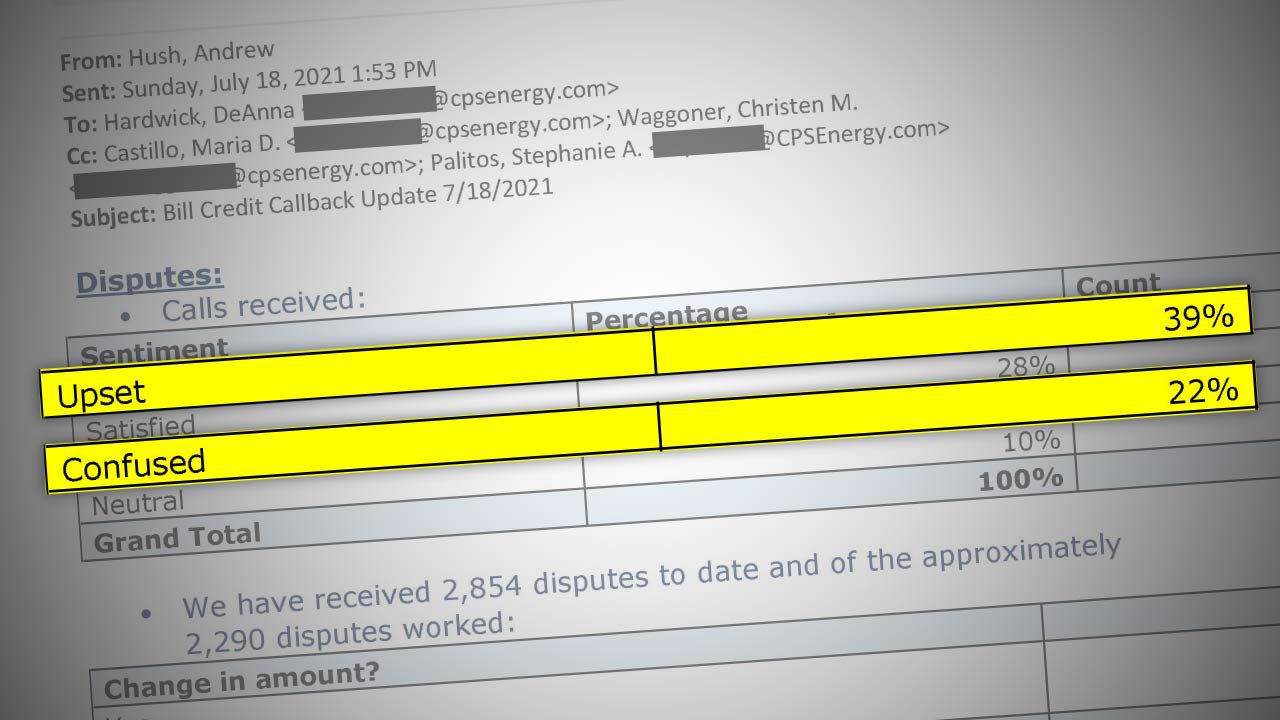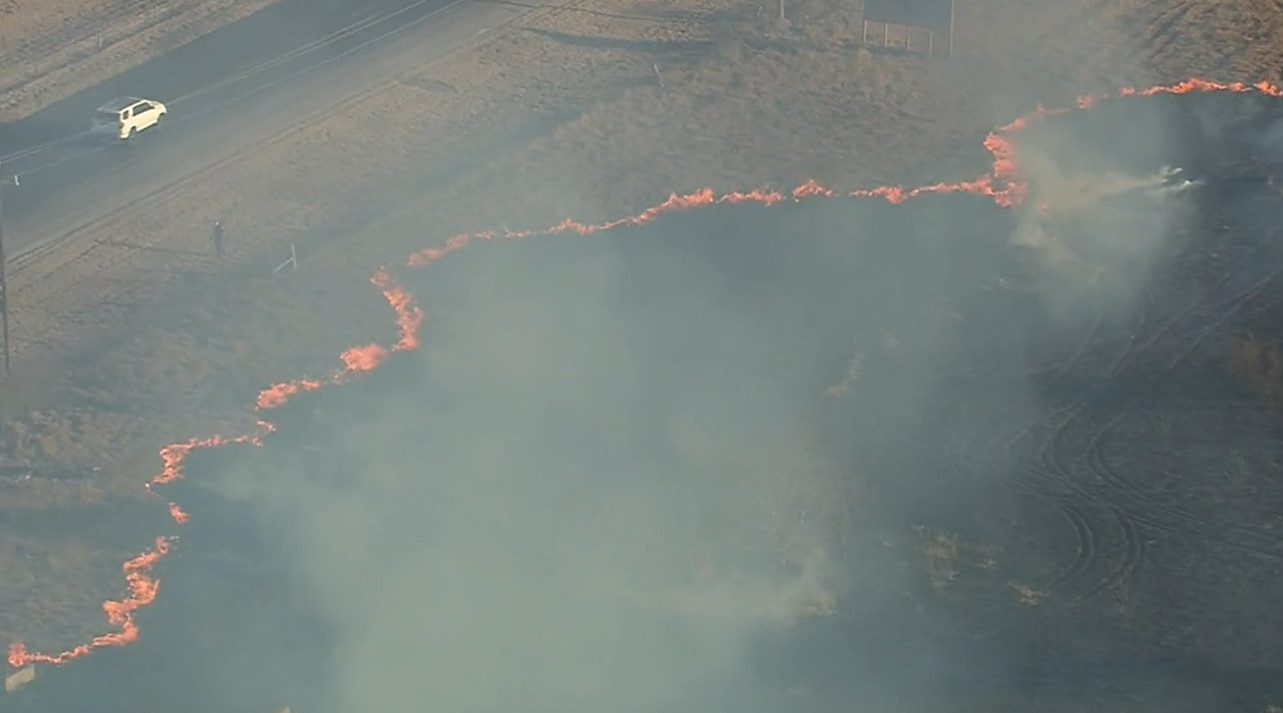Years from now, we’ll be telling our grandchildren about the big winter storm of 2021.
How we nearly froze in our own homes with no power or heat for an entire week. How we melted snow for water and sat in our cars to run the heater and check the outside world on our phones. How the birds frantically mobbed our feeders when snow blanketed every morsel of natural food and how every green thing looked dead when the snow finally melted.
Read the original story from Texas Parks and Wildlife Magazine.
Winter Storm Uri was the event’s official name, though it was nicknamed Snowmaggedon.
Uri dragged an arctic wrecking ball southward through the nation in mid-February, leaving at least 223 people dead, 210 of them perishing in Texas. The storm also had significant impacts on wildlife, plants and the state’s natural ecosystems.
In addition to the unfolding human tragedy, Texas wildlife — from cold-stunned turtles to saltwater fish kills to bat die-offs — was struggling to survive the unusually long and brutal storm.
One year later, we look back at the storm’s impact on our wildlife and the response from the Texas Parks and Wildlife Department and partners.
HISTORICAL WEATHER
It’s been colder in Texas before and it’s snowed more before, but it was the cumulative effect of “so cold for so long with so much snow” that made Uri pack such a wallop.
Texas state climatologist John Nielsen-Gammon considers the storm’s historical perspective.
”Uri was one of the top five winter storms in Texas in terms of amount of snow and the amount of the state affected,” he says. “And that of course comes at the same time we had extreme temperatures. The event was unusual not just for how cold it got but also for how long it stayed cold.”
Just about every place in the state had the coldest temperatures for 30 years, with parts of East Texas recording the coldest temperatures since about 1890, when Texas started keeping reliable weather records.
The only place spared from Uri? A pocket of Texas that includes El Paso, due to topography.
INATURALIST
When TPWD wildlife biologists started receiving calls about animal deaths, they made a quick decision to utilize a burgeoning brigade of citizen scientists on iNaturalist (a global platform/app hosted by the California Academy of Sciences and co-funded by National Geographic).
”In pretty early stages, we started getting calls about cold-stunned sea turtles and then started getting more calls about impacts to other organisms,” says Tania Homayoun of TPWD’s Texas Nature Trackers Program. With a few social media posts and press releases, they were able to connect with more than 700 volunteer community scientists with very little time and planning.
”We gathered 3,069 observations of 254 species, very likely making this the most well-documented large-scale wildlife mortality event in state history, if not nationally,” says state mammalogist Jonah Evans.
While there were certainly associated die-offs from other severe winter storms in Texas, there was no ability to monitor wildlife impacts on a statewide scale. People likely encountered dead animals here and there but had no way to contribute this information into a single centralized database like iNaturalist.
”We’re now able to connect the dots and understand the landscape-level effects of these events in a way that was previously just not possible,” Evans says.
SEA TURTLES
An iconic coastal species was in grave peril from Uri’s frigid grip, so Texans of all ages stepped up to save 13,000 sea turtles (mostly greens) along the southern coast from the largest cold-stun event in history.
When water temperatures dip below 50 degrees, the turtles can die from hypothermia unless they are quickly moved to a warmer place.
One warmer place was the South Padre Island Convention Center for 6,000 of these turtles, caught by the freeze while grazing seagrass in shallower waters at the southern tip of the state. Turtles float when cold-stunned, so a small army of volunteers braved the elements to gather them up into boats and transport them to the makeshift turtle hospital.
There, spread out on tarps and in kiddie pools, the turtles began to revive, keeping vets and a volunteer army of pooper-scoopers busy handling the ensuing crisis.
Many survivors were released into the temperate waters of the Gulf in late February; more were released subsequently.
”It was a huge effort, but it paid off,” says Tony Reisinger of Texas AgriLife Extension. “We did have a great mortality. We lost 69 percent of the sea turtles that were rescued, but they do come back. Hopefully in the next few years we will see more and more of them. We’ve already seen small greens feeding on the jetties.”
SPOTTED SEATROUT AND BLACK DRUM
Turtles weren’t the only coastal species that struggled in the wake of Uri’s persistent cold temperatures. An estimated 3.8 million fish succumbed to the freeze event.
”This is the largest freeze-related fish kill since the 1980s,” says Dakus Geeslin, of TPWD Coastal Fisheries. “Though the geographic extent was the entire coast, the lower coast felt the greatest impact.”
The six bay systems most impacted by the weather event were Matagorda Bay, San Antonio Bay, Aransas Bay, Corpus Christi Bay and the Upper and Lower Laguna Madres.
Finned fishes are ectotherms, relying on environmental factors to regulate their body temperatures. Texas’ freshwater fish suffered smaller losses because those inland species have a lower lethal temperature and were able to withstand the cold.
Fish that congregate in thermal refuge areas during freeze events are vulnerable to angling and barge traffic, so TPWD closed fishing in 21 areas along the Texas coast to avoid heavy harvest pressure during the storm and helped coordinate the voluntary suspension/diversion of tow operations.
Most of the fish killed during Uri (3.5 million) were non-recreational species including pinfish, spot, silver perch, Gulf menhaden, mullet and other foraging fish. The remaining 9 percent (328,000 fish) were game species. Spotted seatrout accounted for almost half; 31 percent were black drum.
The good news for Texas is that higher population levels before the freeze should aid in recovery.”One of the things we have going for us is the sheer abundance of these game fish, particularly spotted seatrout, black drum and red drum,” Geeslin says. “We were nearing an all-time high of those fish in the bay systems.”
The Texas Parks and Wildlife Commission took emergency action in April for Laguna Madre spotted seatrout, lowering the bag limit to three and utilizing a slot of 17-23 inches. These two actions resulted in a 27 percent increase in spawning stock biomass.
TPWD hatcheries can also play a critical role in recovering fish populations, releasing millions of fingerlings each year and focusing on the hardest-hit bays. Catch rates (but perhaps not the size or structure) of spotted seatrout have recovered in two to three years following past major freeze events.
BATS AND BIRDS
Most of the mammals impacted by Uri were Mexican free-tailed bats, which, like other migrating bats, typically leave the state to survive the winter freezes. Following what was until then a mild winter, some overwintering and early migratory bats came back February 9, one of the earliest returns from migration.
”Those bats did not fare too well,” says TPWD bat biologist Nate Fuller. “Fat stores were used to fight cold instead of foraging. They also used up their metabolic water and likely died from starvation or dehydration.”
Mexican free-tailed bats can thermoregulate down to the low 40s with few negative consequences by going into torpor to save energy. Uri’s sustained temperatures far below freezing caused lethal problems for bats roosting under bridges, where they were more exposed and stayed cold longer. (A cave, where it’s thermally stable, can buffer those conditions for the bats.)
”The full extent is unknown — some populations came perilously close to serious impacts,” Fuller says. “Events like Uri call for more extensive monitoring of urbanized bat populations. Is it time to develop alternative roost structures that avoid ecological trapping? I think there is definite motivation to be doing some of that.”
On the other hand, birds are built for cold weather, says TPWD state ornithologist Cliff Shackelford. They’re covered in feathers, after all.”Think about your down jacket or comforter,” Shackelford says.
Birds are also endothermic, so they can produce their own heat as long as they have fat reserves. They can also slow down their metabolism when sleeping, can seek shelter or can fly away from the dangerous temperatures.
But still, Texans felt sympathy when they looked out the window at the shivering mobs of northern cardinals and other natives, snow covering their usual food sources.
Eastern bluebirds suffered some of the more obvious casualties that made that species the most reported on iNaturalist. Bluebirds go into boxes (put up by fanciers) on cold nights and stack on top of each other to stay warm; the cold was just too much this time, and their “landlords” sadly discovered them dead.
Luckily, the bluebird population has increased by 178 percent over the past half-century, so their survival is assured.”They’re doing very well, so any death from Uri is not going to be even a blip on the screen for bluebirds,” Shackelford says, noting that insulating bluebird boxes would prove problematic during long, hot Texas summers.
The most abundant land bird in North America, the American robin, came in second for iNaturalist mortality observations, while third place went to the most abundant warbler, the yellow-rumped warbler.
Both will recover well, but there is some concern about the bird with the sixth-most reported fatalities — the pine siskin, a bird with noticeably declining numbers before and after Uri.
Losses of white-tailed deer were not widespread (exotics fared worse).
EXOTIC WILDLIFE
Jim Gallagher of Mason Mountain says the wildlife management area lost half its water bucks and quite a few oryx, kudu and axis, as well as their only Thompson’s gazelle. Reports from other exotic ranches include larger losses of black buck antelope and oryx.
”This isn’t their normal part of the world, so they’re not adapted to this kind of weather event,” Gallagher says of the mostly African species. “Native critters have been there before. Most of them have figured out how to deal with it, even though this was unusual. They hold up better than the exotics do.”
Whitetail losses are unknown but not widespread, Gallagher says, primarily occurring in weaker individuals in areas of high population density.
How about feral hogs, Texas’ most reviled exotic species?
”There are even more now than before,” Gallagher says. “They are the most adapted exotic species — their history primed them. They were ready. They’re probably enjoying a competitive advantage at this point.”
INSECTS AND PLANTS
Most insects aren’t active in February, so there were certainly losses, but not many noted in iNaturalist observations. Insect eggs and pupa seemed to have survived Uri, resulting in rebounding numbers by March, says Craig Hensley of TPWD’s Nature Trackers.
One exception was the Mexican honeywasp, whose home range has moved northward. The honeywasps build paperlike nests where they overwinter, structures that didn’t protect them from the extreme elements. Hensley says Uri likely took a toll on the species, with probable die-offs from Austin south, though a comeback is not improbable.
Honeybees came through Uri without big die-offs, but not so the still-green landscape of a Texas winter.
”Looking at plants, you’d think it was an utter disaster,” Hensley says of the brown landscape left behind. Non-native plants were the hardest hit. Hensley says the insulating blanket of snow saved a lot of native plants, though early bloomers such as elbow bush and agarita and mountain laurel struggled or didn’t bloom at all.
WE MADE IT
One year later, Texans can find hope in every species that’s borne new fruit and leaves or eggs and babies. Biologists are taking lessons learned from Uri to improve our stewardship of Texas’ wild things and places.
”Nature is very resilient,” Hensley says. “The fish are going to recover. The turtles will recover. It won’t be instantaneous; it will take time. If some of the plants were damaged, they will hopefully recover, too. Insects are out and about; wildflowers are blooming. Species will recover with time.”
How can we help? Go to iNaturalist.org and snap a picture of a wild thing in your own backyard.
”The act of being able to take action in the face of something so large and overwhelming was almost therapeutic for many people,” Evans says. “Even if you’re not able to change large swaths of habitat on your own, this (iNaturalist observations) is something anyone can do.”
Louie Bond is the editor of Texas Parks & Wildlife magazine













